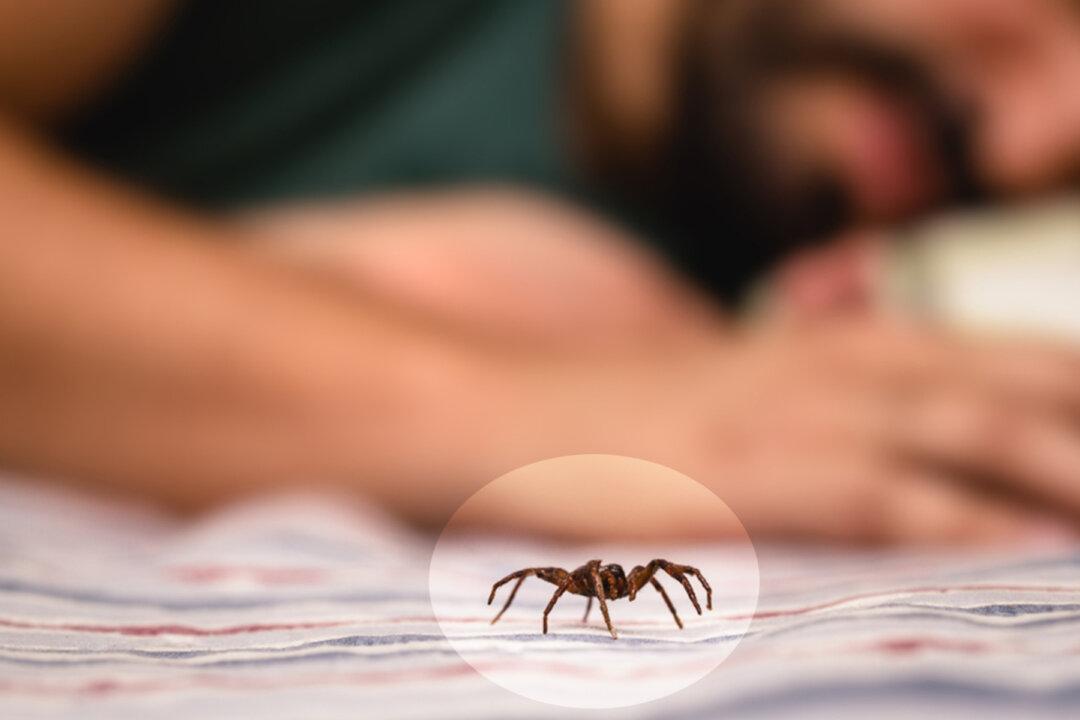From the archives: This story was last updated in January 2020.
Scientists have unearthed a brand-new species of venomous spider in central Mexico with a penchant for hiding in household furniture and fabrics. Perhaps most unsettling of all, the spider has a bite so potent that it can rot human flesh.If the penny-sized arachnid were to bite a human, a sore would develop, quickly turning purple. If left untreated, necrotic lesions up to 40 centimeters in width could spread around the site of the puncture wound.




